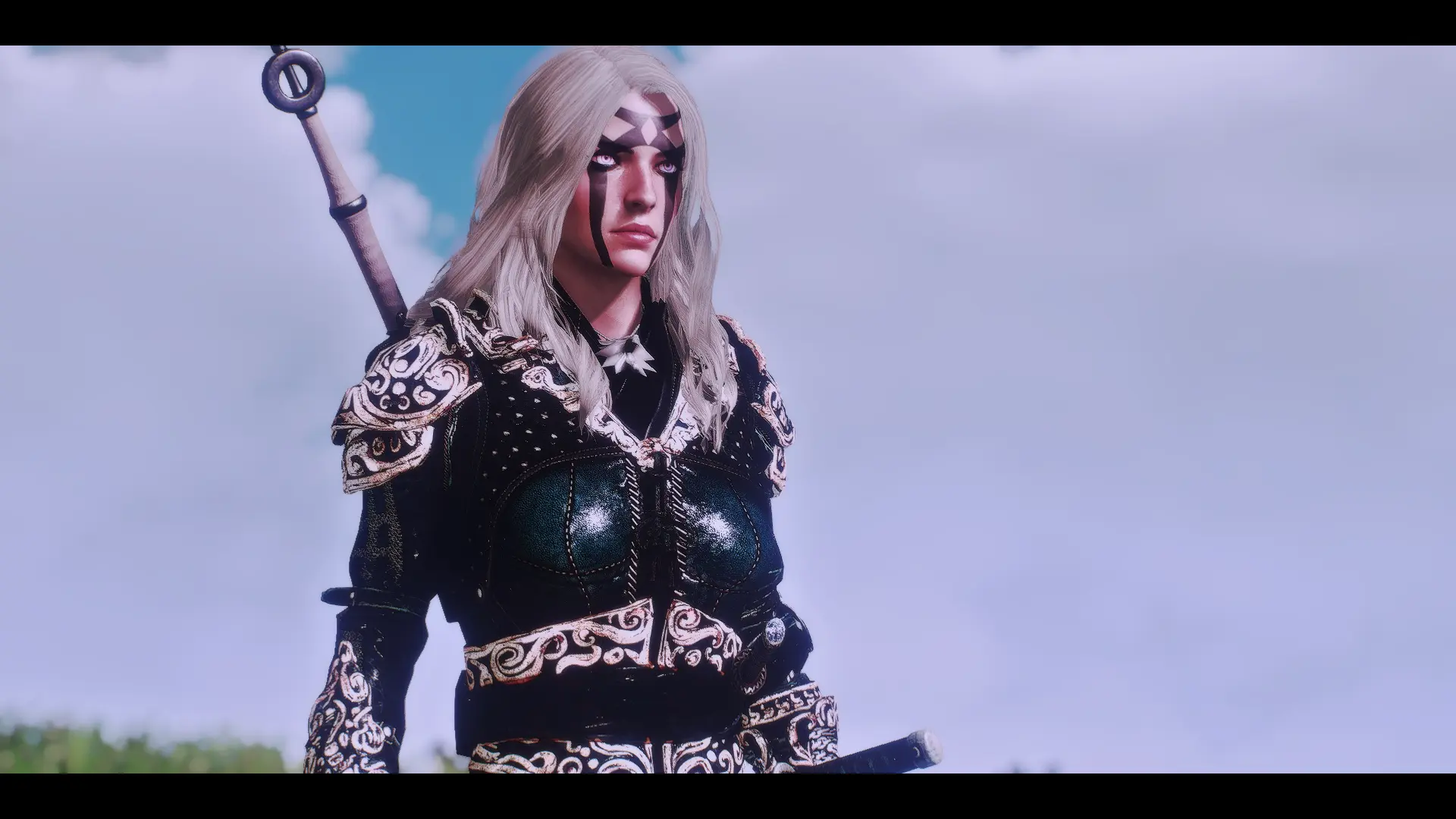

While Yennefer offers guidance it’s only when Ciri refuses to stop despite Yennefer’s protests that they are transported to the other side. Scenes like the one where Ciri must use her power to get them across a river, feel forced and ultimately show no bond between them.

Despite the best efforts of actresses Anya Chalotra and Freya Allan to imbue the set pieces they’re inexplicably thrown into with some depth, they’re given so little to work with that it’s difficult to believe in their bond. When their defining moments aren’t shared with Geralt then they’re tied to the machinations of unseen villains or the influence of magic and destiny.įraming the long-awaited Ciri-Yennefer meeting around action scenes, rather than two women quietly bonding over their shared difficulty in conforming to society, is frustrating. While this season gave Geralt and Ciri their moment of connection, Yennefer must share hers.

Instead it’s more about Geralt and Yennefer’s reunion, with the two exes stumbling through their first reunion in years. Yen doesn’t talk down to Ciri and, at last, Ciri is able to see there’s a way for her to take control over who she is.īut in season 2, the moment they meet barely belongs to them. The book doesn’t climax with an epic battle, but rather with a child being seen and understood by an adult. And after so many failed attempts to lead Ciri down one well trodden path after another, it’s Yennefer - a powerful and independent trailblazer in her own right - who finally connects with Ciri and helps her control her power. While the Netflix show has Yennefer hunting down Ciri, in Blood of Elves she’s invited to the Temple by Triss and Geralt. Ultimately, that failure on Geralt’s part is what makes Yennefer’s first meeting with Ciri so meaningful in Blood of Elves. In the show, most of these events still happen, but with a twist: Geralt’s motivations are altered, painting him as a more highly capable father figure where the books portray him a little ignorant and bumbling, something he has to grow beyond. Throughout the story, Geralt realizes Ciri cannot simply slot into the role he was given as a child, and starts turning to every woman he can think of in the hopes one of them can figure out what she should be doing. Then it’s off to the Temple of Melitele and Mother Nenneke, a priestess and herbalist. As it becomes clear that she needs more than swordsmanship, he invites the sorceress Triss Merigold to help with her magical abilities, but she too finds herself not entirely capable of tutoring Ciri. It’s not part of a grand logistical plan - that’s all he knows to do with a child. After finding Ciri in the short story, “Something More” from The Sword of Destiny, he takes her to Kaer Morhen and trains her as a Witcher. The Blood of Elves, the third Witcher book (and the first novel, following the two short story collections, The Last Wish and The Sword of Destiny) is largely about Geralt’s struggles in parenting. It’s a big departure (both the lost magic subplot and Voleth Meir were created exclusively for the show) and it sacrifices a maternal relationship for an antagonistic one. The Netflix show immediately puts them at odds, with Yennefer appearing there by coincidence but secretly intending to take Ciri as a sacrifice to Voleth Meir in hopes of regaining her lost magic. But that’s where the similarities between the adaptation and author Andrzej Sapkowski’s source material end.
#THE WITCHER 2 GAME CIRI HOW TO#
Geralt has taken Ciri there to supposedly receive an education from Mother Nenneke in how to control the dangerous power she possesses. Whether you’ve read the books or not, it seemed apparent that the series’ other main character, Yennefer, was also fated to meet Ciri - and in the second season they finally do, at the Temple of Melitele. The Witcher season 1 spent a great deal of time talking about the power of destiny, with Geralt and Ciri finding each other against all odds in the woods near Sodden where neither was supposed to be.


 0 kommentar(er)
0 kommentar(er)
